This book presents an integrated introduction to the basic theories of fnite element analysis (FEA) and the use of ANSYS® Workbench in the modeling and simulation of engineering problems. It is intended for undergraduate students in engineering and for engineers who have no previous experience with the FEA and wish to learn the basic theory and software usage from a single volume. The book covers the basic concepts in the FEA using simple mechanics problems as examples, and leads to discussions and applications of the one-dimensional bar and beam elements, two-dimensional plane stress and plane strain elements, plate and shell elements, and three-dimensional solid elements in the analyses of structural stresses, vibrations and dynamics, thermal responses, fluid flows, optimizations, and failures. In each of these application areas, ANSYS Workbench is introduced through hands-on case studies. Clear understanding of the FEA principles, element behaviors, solution procedures, and correct usage of the FEA software is emphasized throughout the book.
The materials in this book are good for teaching undergraduate FEA courses in engineering to students who need a general background in the FEA so that they can apply FEA in their design and analysis of structures using ANSYS Workbench or other FEA software. Presentations of FEA theories and formulations in the book are kept to a minimum, aimed solely for readers to understand the behaviors of the various elements and FEA solutions. Emphases are placed on the techniques in FEA modeling and simulation, such as in building a quality FEA mesh, verifying the results, and employing the symmetry of a structure. The book includes 12 chapters and can be used for an undergraduate FEA course in one semester (15 weeks with three 50-minute sessions each week) or in two quarters (10 weeks per quarter with three 50-minute sessions each week). It is recommended that computer lab sessions on using ANSYS Workbench be arranged for each chapter. Case studies included in the book provide step-by-step instructions on solving a variety of problems of moderate size and level of sophistication in ANSYS Workbench, and can be covered in the lab sessions. Modeling tips are available in the case studies wherever applicable to give students an immediate opportunity to use the skills they learn in a problem-solving context. Homework problems and projects using ANSYS Workbench software are provided at the end of each chapter.
The Solutions Manual contains solutions to all end-of-chapter problems. The manual features a compact presentation of solutions for over 100 problems. Each end-of-chapter problem that requires the use of an FEA tool is solved in ANSYS Workbench. For such a problem, the Workbench solution, which contains crucial properties such as geometry, material, mesh, boundary conditions, and simulation results, is saved using a Workbench project fle (.wbpj) as well as a project folder that contains the supporting fles for the Workbench project. The Solutions Manual, along with the Workbench solution fles for over 80 end-of-chapter simulation problems, is available to instructors from CRC Press. Microsoft PowerPoint slides for each chapter are provided to instructors using this book.
In addition, Workbench fles for the case studies are available to instructors for use in lectures or computer lab sessions. The additional material is available from the CRC website: http://www.crcpress.com/product/isbn/9781439873847.
The materials in the book have been developed by the authors for undergraduate courses on FEA at the Washington State University Vancouver and at the University of Cincinnati for the last 10 years or so. The authors would like to thank many of their current and former students for their help in developing these lecture materials and their contributions to many of the examples used in the book, and in particular we thank students Qikai Xie, Fan Yang, and Bin He for their help in developing the supplementary materials for this book. We are grateful for the students we met in our classes at Vancouver and Cincinnati. This book could never have been written without their collective interest, feedback, and enthusiasm. Our special thanks go to the editorial staff at CRC Press, Jonathan Plant, the Senior Editor, and Amber Donley, the Project Coordinator, for their patience, cooperation, and professionalism in the production of this book. Much gratitude also goes to the reviewers for their valuable comments and suggestions. Of course, we take full responsibility for any errors or mistakes in the book. We also welcome any suggestions from readers that could help us improve the book in the future.

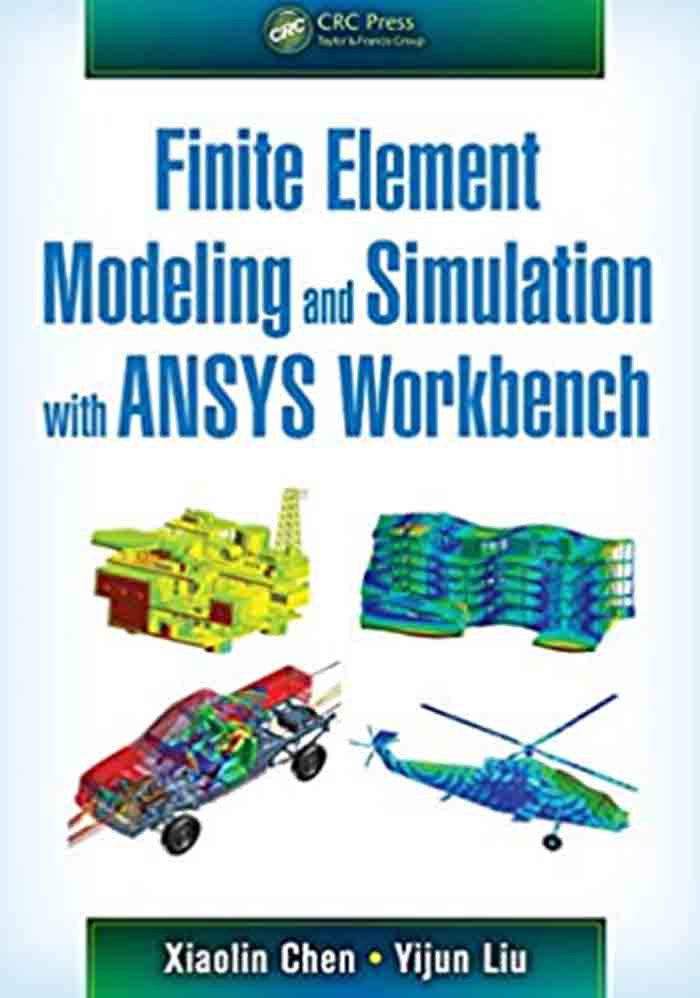
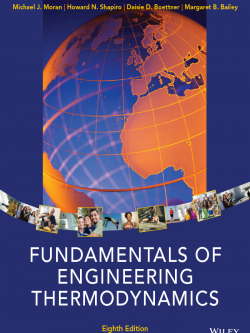
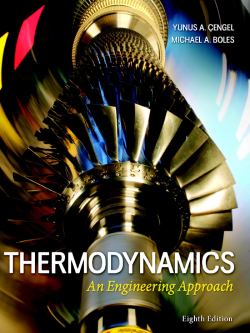
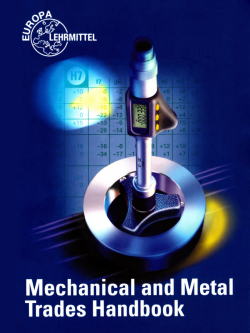
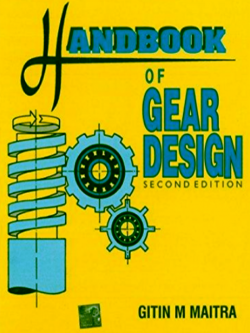
نقد و بررسیها
هیچ دیدگاهی برای این محصول نوشته نشده است.